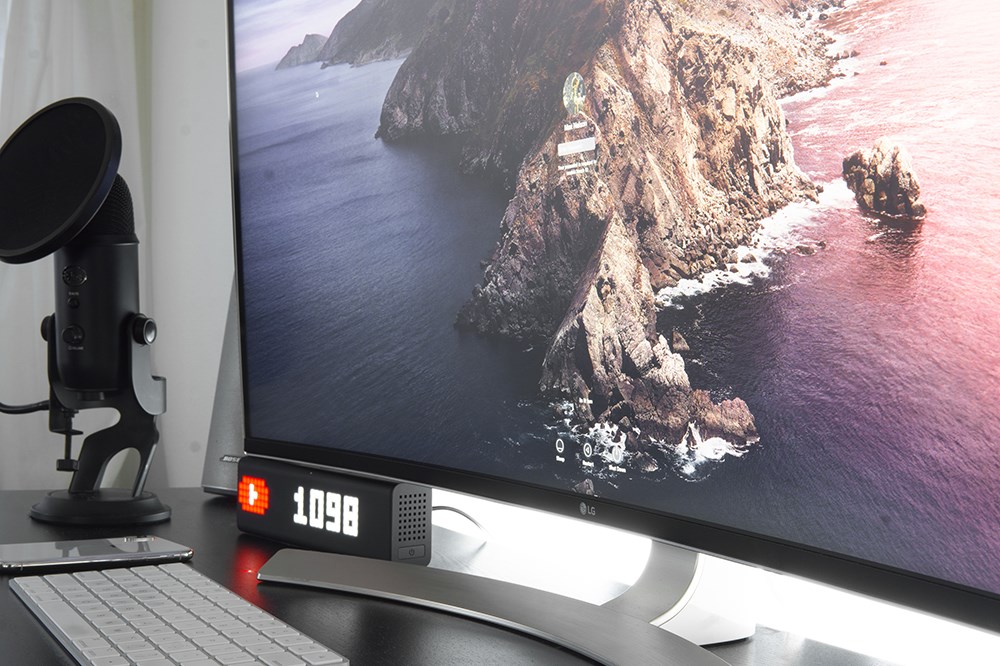The Best TV brands – Which Should you Buy?
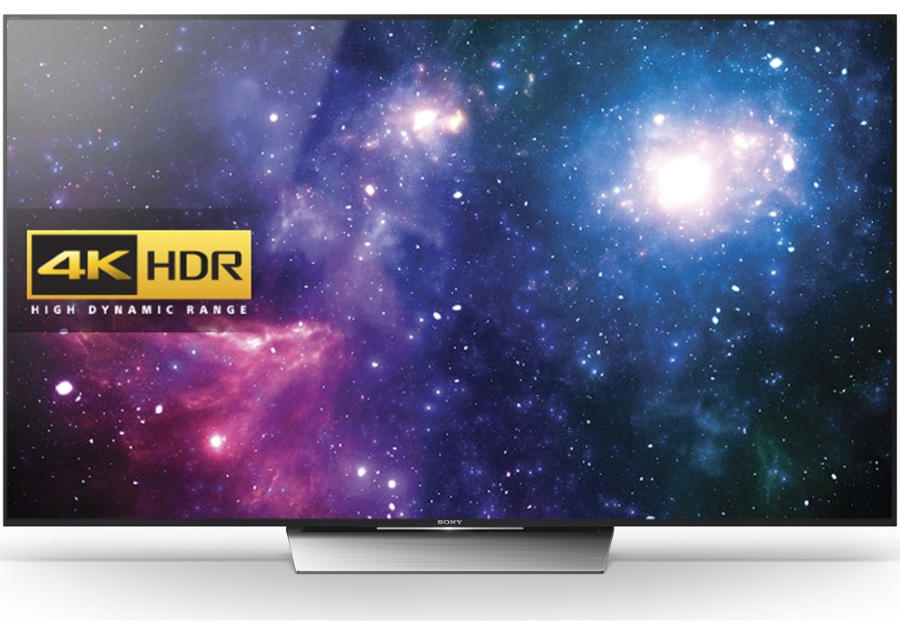
Buying a TV is a big decision. Not only could it require a significant investment, the TV is something you will spend a lot of time using so it has to be good. Before you select a model and key features, it also makes sense to get an idea of the strengths and weaknesses of TV brands.
Different manufacturers are known for different features, which is what this post is all about. Some manufacturers are known for screen quality while others for smart TV features or color reproduction. If you have a clear goal in mind, knowing which is which can help your decision making process.
Some of the best TV brands around include:
- Samsung
- Sony
- LG
- Panasonic
- Vizio
- JVC
- Philips
- Sanyo
- Sharp
- Toshiba
Of those, it is mainly Samsung, Sony, LG, Panasonic and Vizio that have models that appear in best TV lists. In fact, Consumer Reports has Samsung, Sony, LG and Panasonic as top tier TV brands with Vizio and Sharp following close behind. So what are the strengths and weaknesses of each of these?
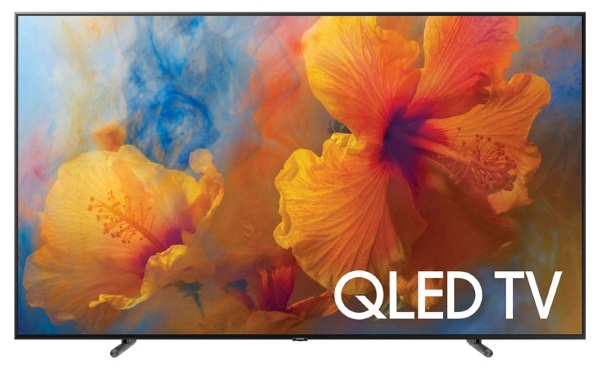
Samsung
Samsung is best known for its screens and smart TV features. Samsung screens are some of the best in the world and most Samsung devices, TVs and other devices are highly regarded for screen quality. Samsung also makes panels for other TV manufacturers. The Samsung Q9F QLED is a current best-seller.
Sony
Sony is also known for good screens but not to the same degree as Samsung. Sony is more renowned for audio quality and the range of TVs it manufactures. As you would expect from the company behind the Walkman, audio features strongly in Sony’s TV lineup. The Sony W805/809C range is 4K at its best.
LG
LG is known for its OLED technology prowess and the sheer breadth of its product portfolio. Curved screens, OLED, LED, super-wide and others are regulars in top seller lists. LG is also known for sub-optimum audio and premium prices unless you get a good deal. The LG OLEDE7 is a particularly strong contender.
Panasonic
Panasonic is a jack of all trades that has TVs that are good in every aspect without standing out in any particular one. Panasonic TVs are regular best-sellers and usually review well. The Panasonic DX802 range looks and performs just like you would expect.
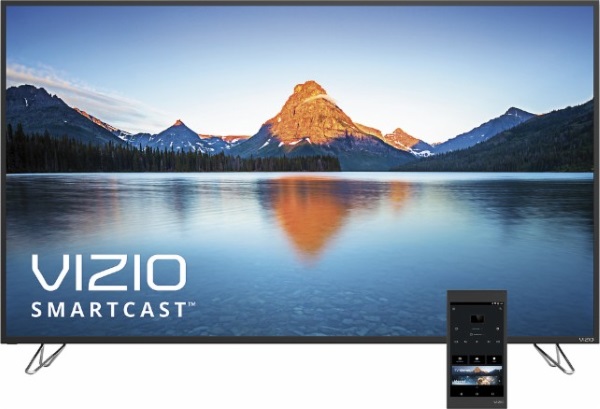
Vizio
Vizio is best known for aggressive pricing and for overcoming some early product flaws. The current range of TVs is superb and is definitely worth considering if you’re in the market. Screen quality is now very credible and audio quality isn’t far behind. While not outstanding in any one area, pricing is compelling. The VIZIO M70-C3 is well worth checking out.
Sharp
Sharp are another TV brand that isn’t outstanding in any one area but manages to be pretty good in all of them. On par with Vizio for quality, Sharp TVs are more at the budget end of the spectrum but offer good value for money. The Sharp LC-55N7000U is a decent 4K TV for the money.
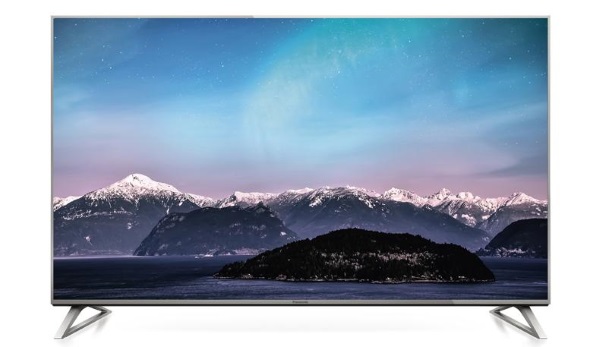
How to select the right TV
Now you have an idea of what TV brands are worth checking out, how do you select the right TV for your needs?
There are four main criteria that will need satisfying:
- Screen size
- Screen type
- Screen resolution
- Connections
Screen size
Screen size will be dictated by the amount of space you have and the type of use you are planning to put it to. If you have a large room, you could buy a larger screen. Smaller rooms consequently will work better with smaller screens. A large screen will dominate smaller rooms and a small screen would get lost in a large room unless you were zoning.
The distance you typically sit from the screen is also a factor. Newer 4K TVs require you to sit closer than Full HD in order to see the detail being shown. For example, a 50” HD TV has an ideal viewing range of between 5’ and 10’. The same 50” 4K TV would require a maximum distance of 5’.
Screen type
Screens come as LCD, LED, OLED and QLED. LCD is the most common and has been around the longest. Color reproduction is pretty good but it will have difficulty showing true black. LED has a light behind every pixel which allows better contrast between colors.
OLED is newer. Each pixel produces its own light and produces bright colors and excellent contrast. QLED is the successor to LCD and is currently only used by Samsung. It uses quantum dots instead of light emitting diodes and is apparently brighter with better contrast. This explanation of QLED can do it better justice than I can.
Screen resolution
The very minimum any TV buyer should expect is Full HD 1080p which is 1,920 x 1,080 resolution. Ultra HD or 4K runs at 3,840 x 2,160 resolution which has four times the detail of HD. Ultra HD comes with a price premium and not all networks provide 4K programming yet.
Streaming 4K TV shows requires a hefty internet connection. Netflix suggests 15.6Mbps as a good connection to stream 4K to your TV. Full HD content needs only 5.8Mbps.
Connections
The required connections of a TV is often overlooked. Do you need to connect a cable or satellite box? Use an external media server or hard drive? Use an Amazon Fire Stick? All of these will need a connection on the back of your TV. Take a look at what you have connected now and then consider anything you would like to add in the future.
A couple of HDMI ports and a couple of USB 2.0 or 3.0 ports should be the minimum. If the TV has Wi-Fi all the better as you will need it for streaming if you don’t use a USB stick.
Buying a TV is a process. You list your requirements and find out which brands satisfy those requirements. Then refine it down until the decision is between two or three models. Then, if you haven’t done it already, go and see them in action in a store. Buying over the internet is all very well but as you will be spending the next few years looking at it, you should go and look at it before committing yourself!








